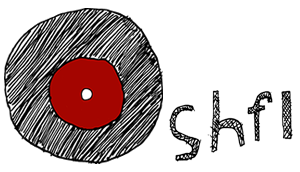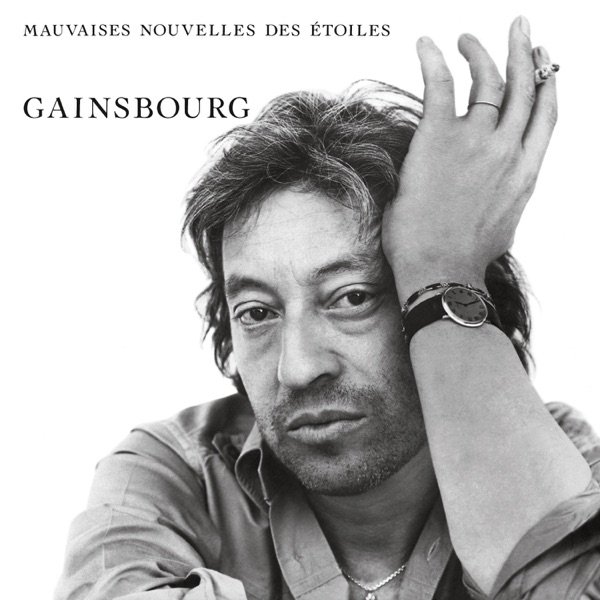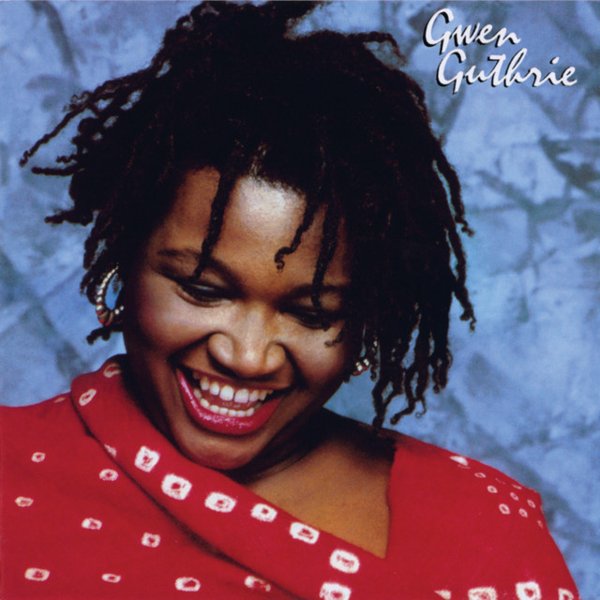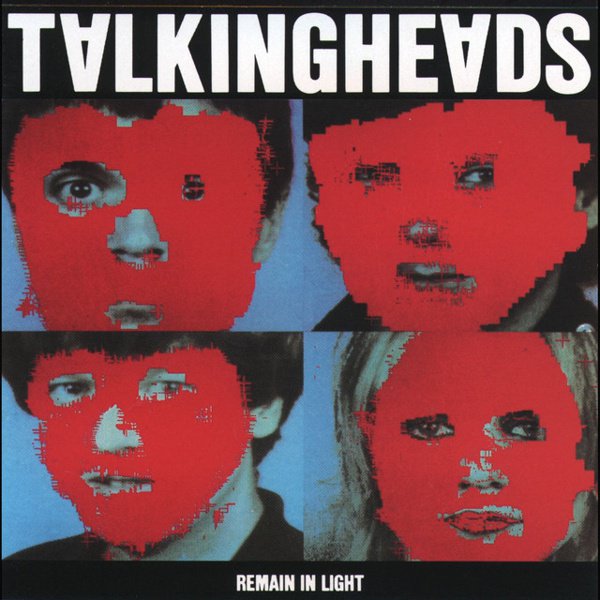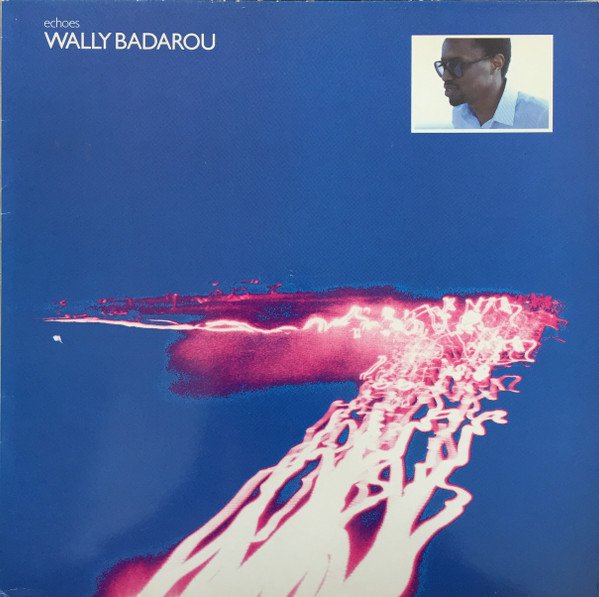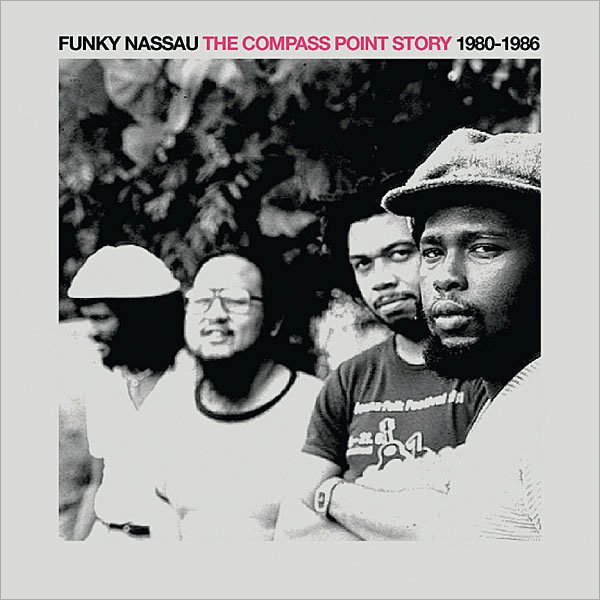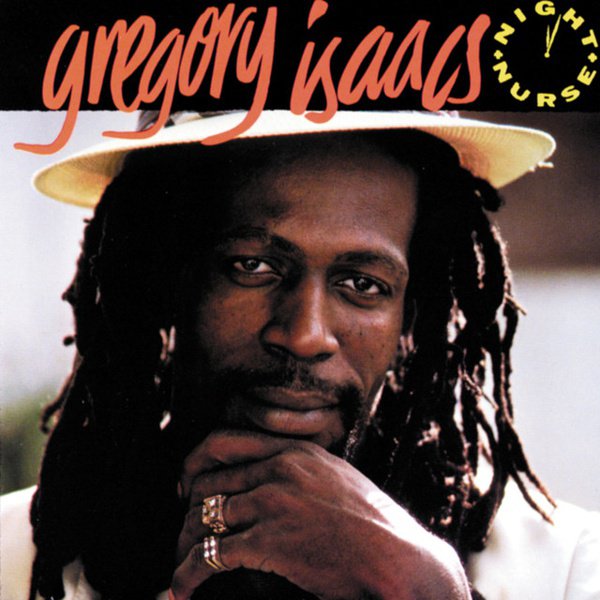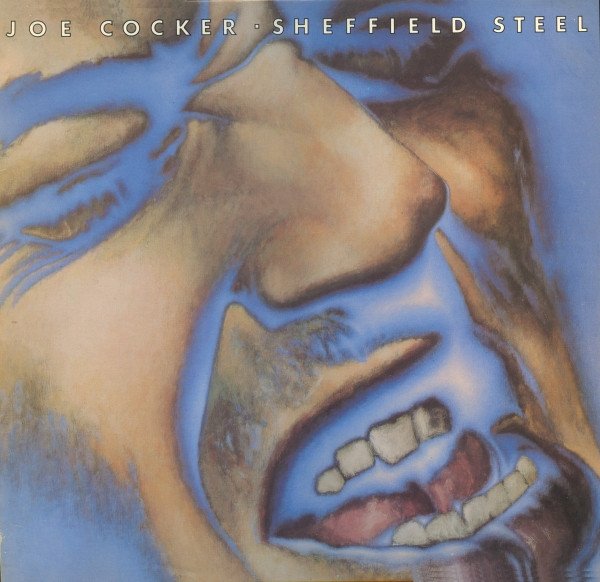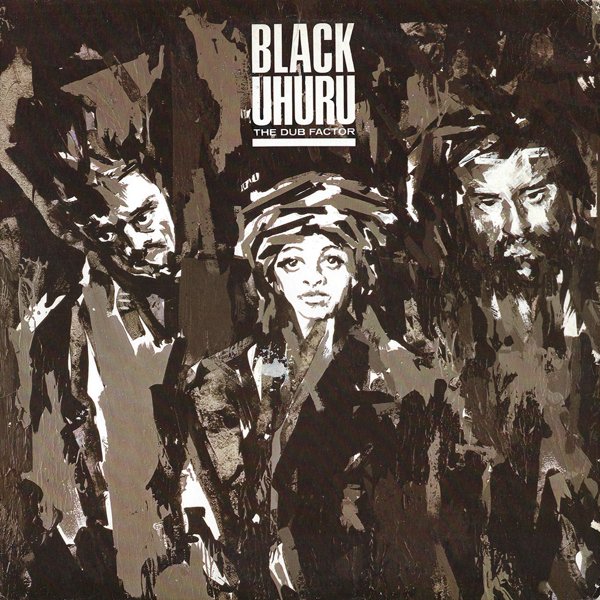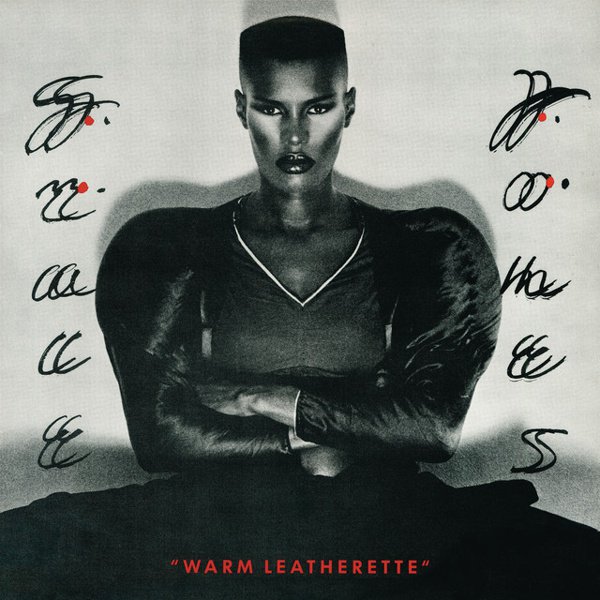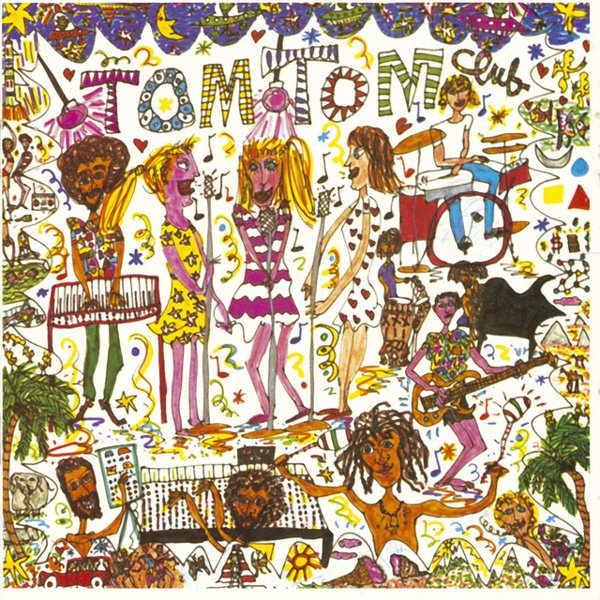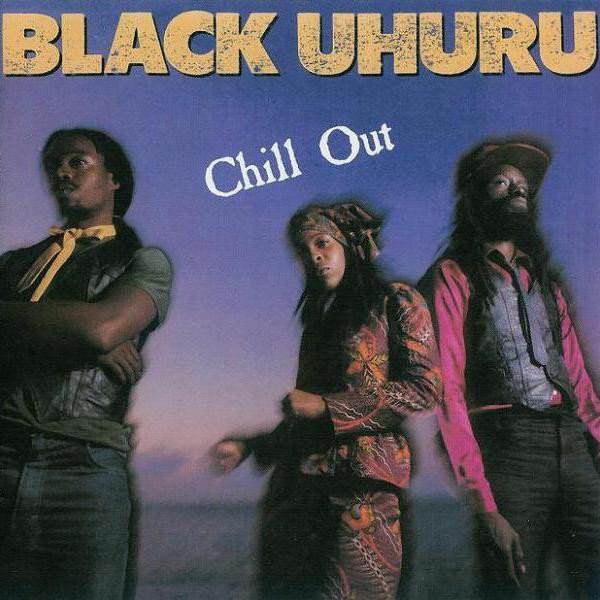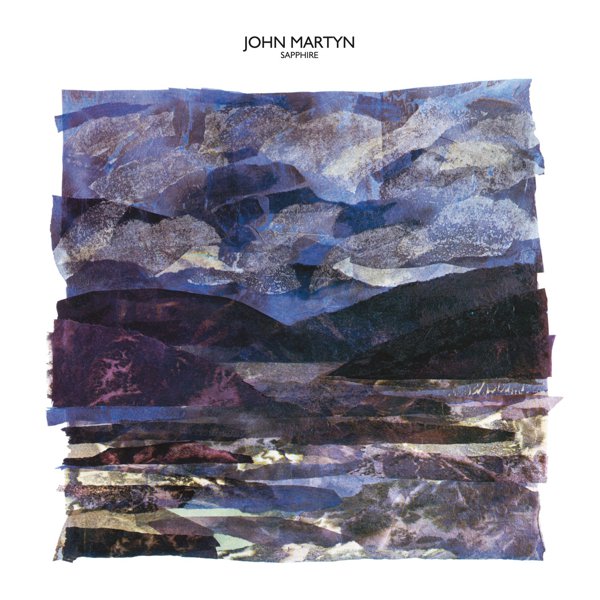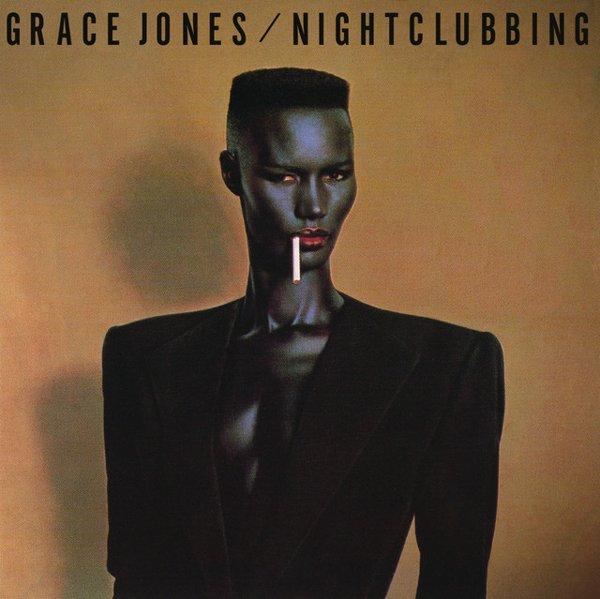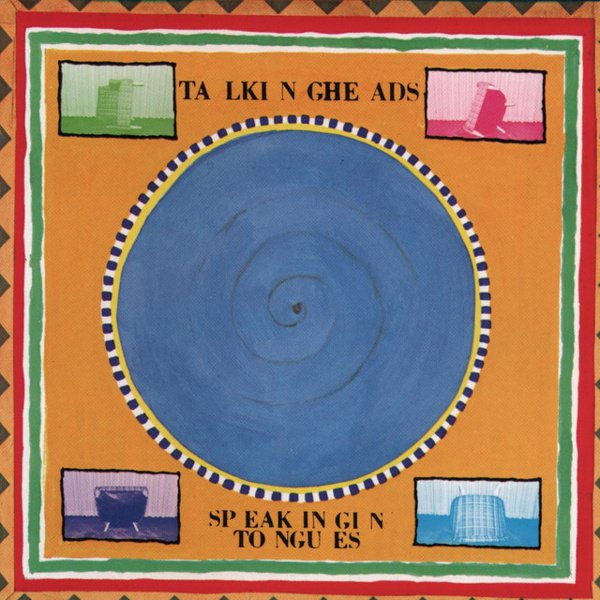There are a select group of producers who helped define the high-gloss, aspirational sound of the 1980s. Nile Rodgers, Trevor Horn, Quincy Jones, Brian Eno with Daniel Lanois, “Jellybean” Benitez stand out, for example. But very few did the job with quite as much class and style as Island Records founder Chris Blackwell and studio wizard Alex Sadkin.
Blackwell and Island – which he founded in Jamaica – had already made huge waves in previous decades: bringing reggae and Bob Marley to the world and nurturing post hippie era talent like Mott The Hoople, Fairport Convention, King Crimson, Traffic and co. During all this, Blackwell had honed his innovative studio talents producing the likes of Marley, John Martyn and Free – but it was when he set up his Compass Point Studio in Nassau, Bahamas, in 1977 that he was really able to forge a signature sound.
Many classic albums were recorded there, from The B52s’ eponymous debut through The Rolling Stones’s Emotional Rescue to AC/DC’s Back in Black – but the particular “Compass Point Sound” emerged when in 1980 Blackwell gathered together a band of extraordinary players to work with Grace Jones, then still essentially thought of as a disco musician. It was built around the core of drummer Sly Dunbar and bassist Robbie Shakespeare – both of The Revolutionaries, house band for Kingston’s Channel One studio and as such some of the most foundational musicians in all of reggae history, and groundbreaking producers in their own right. They brought with them from Jamaica guitarist Mikey Chung and percussionist Uziah “Sticky” Thompson.
To them were added another guitarist – Barry Reynolds who had cut his teeth in the British blues explosion, but latterly perfected a sharp new wave sound on Marianne Faithful’s Broken English album – and equally innovative Beninese-French keyboardist Wally Badarou. With Blackwell’s firm A&R hand and Sadkin’s studio genius, they were voracious with influences, finding the highest common factors between dub, funk, synthpop, the spiky NYC no wave disco-punk of the time (the likes of Bill Laswell and Ze Records mainstay Cristina were regulars at the studio) and deliver it with absolute finesse and an experimental edge that came particularly with Badarou’s synth mastery and Sly & Robbie’s understanding of dub.
Through Grace Jones’s trilogy of albums, Warm Leatherette, Nightclubbing and Living My Life, they allowed her to expand into her full performance self, but also settled on the Compass Point sound. This would soak into dozens more records – a few featuring all of the All Stars, like Joe Cocker’s Sheffield Steel and Black Uhuru’s Chill Out, and many more featuring loose agglomerations of All Stars players with others like Laswell, Talking Heads / Tom Tom Club’s Tina Weymouth and Chris Frantz, Wailers pianist Tyrone Downie, and legendary DJs / remixers Larry Levan and François Kevorkian.
In just a few years, the All Stars rewrote the rules and changed everything around them, not just in the moment, but for good. They produced huge hits, but also enduring cult classics and club classics, and set a high bar for production for the rest of the 80s. The collision of mainstream and vernacular on a level playing field has remained influential through the decades, and you don’t have to go far to find a music connoisseur who’d say the sound has never been bettered. The catalogue of albums emerging from the studio in that time is relatively small, but it remains now, as ever, a cornucopia of total sonic delights.
